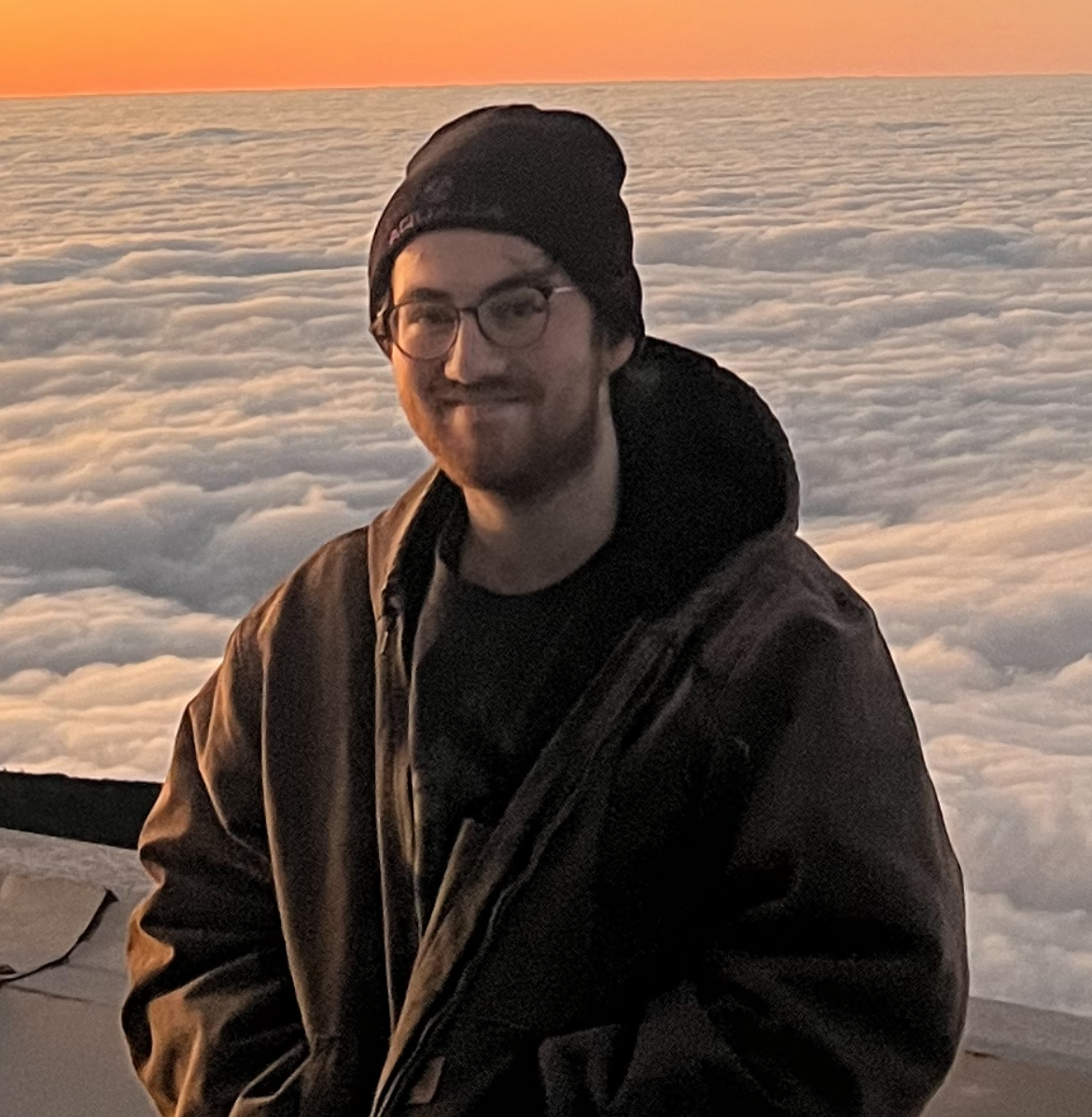Joseph Murtagh
Astrophysics PhD Student at Queen's University Belfast
The small bodies of the outer Solar System consist of the material leftover from the construction of our current planets, and they serve as a sort of fossil record of the Solar System's history. Consisting of over ~4000 known icy planetesimals, studying their ensemble properties can help inform us as to the various stages in building up a planetary system, from debris disk to full sized planets. In particular, rotation can help inform us to a wide variety of properties of each body, including estimates on size, shape, density, and rotational periodicity.
My PhD work so far has been focused on utilising the rotation of these bodies with multifilter photometry in order to probe the distribution of surface volatiles. Kuiper belt objects (or, KBOs) are typically reddish, and this red colour is thought to originate from highly irradiated, higher order hydrocarbons known as tholins (in layman's terms: organic gunk). As these reflect more in the red, if we observe a full rotation of a given KBO, we should notice a slight dip in lightcurve amplitude in bluer filters relative to redder ones if there are any tholins on the KBO surface. Understanding surface composition is especially important at intermdiate sized KBOs where the transition from volatile poor small KBO to volatile rich dwarf planet occurs.
Biography
Prior to beginning my PhD, I completed my 4 year undergraduate MSci course for Physics with Astrophysics here at Queen's Unviersity Belfast, wherein I was awarded the Raymond Greer Prize. My Masters project involved investigating the dust activity of several Jupiter-family comets by way of their Afρ paramter. Not satisfied with small, icy, dust balls, I've now moved on to bigger and better things - slightly bigger icy rocks. I'm particularly keen on outreach as well, creating promotional material and working with others on how best to engage the general public with our fascinating field.
Outreach
When I'm not looking at spinning rocks, you can find me at the Northern Ireland Science Festival each year, various events both to and from local secondary/primary schools, and other miscellanious events we at ARC host (e.g. N.A.M.E.S. : Name A Marvellous Exoplanet System)!
Research Interests
- Kuiper belt rotational properties.
- Kuiper belt activity.
- Observational astronomy.
Observing Experience
Kuiper belt objects are incredibly faint, with our largest (Pluto) being ~700x fainter than the average naked eye's seeing limit for stars in the night sky. Sadly, this means we simply have to travel to locations like the Canary Islands to avail of large telescope facilities in dark sky conditions to make our observations from which we can perform science. I have personally gathered data at the following facilities for my PhD so far:
- Isaac Newton Telescope (La Palma | 2022 | Co-Observor)
- Liverpool Telescope (La Palma | 2023/24 | Co-I)
